Florida is projected to lose 3.5 million acres of land to development by 2070. A new study highlights how Florida can buffer itself against both climate change and population pressures by conserving the remaining 8 million acres of “opportunity areas” within the Florida Wildlife Corridor (FLWC), the only designated statewide corridor in the U.S.
Tag: fire

Fire expert offers home fire aftermath reminders
The aftermath of a home fire can be devastating for families and communities. These fires leave homeowners, renters and others trying to salvage their possessions, precious items, photos and other items. A West Virginia University fire safety expert — Mark…
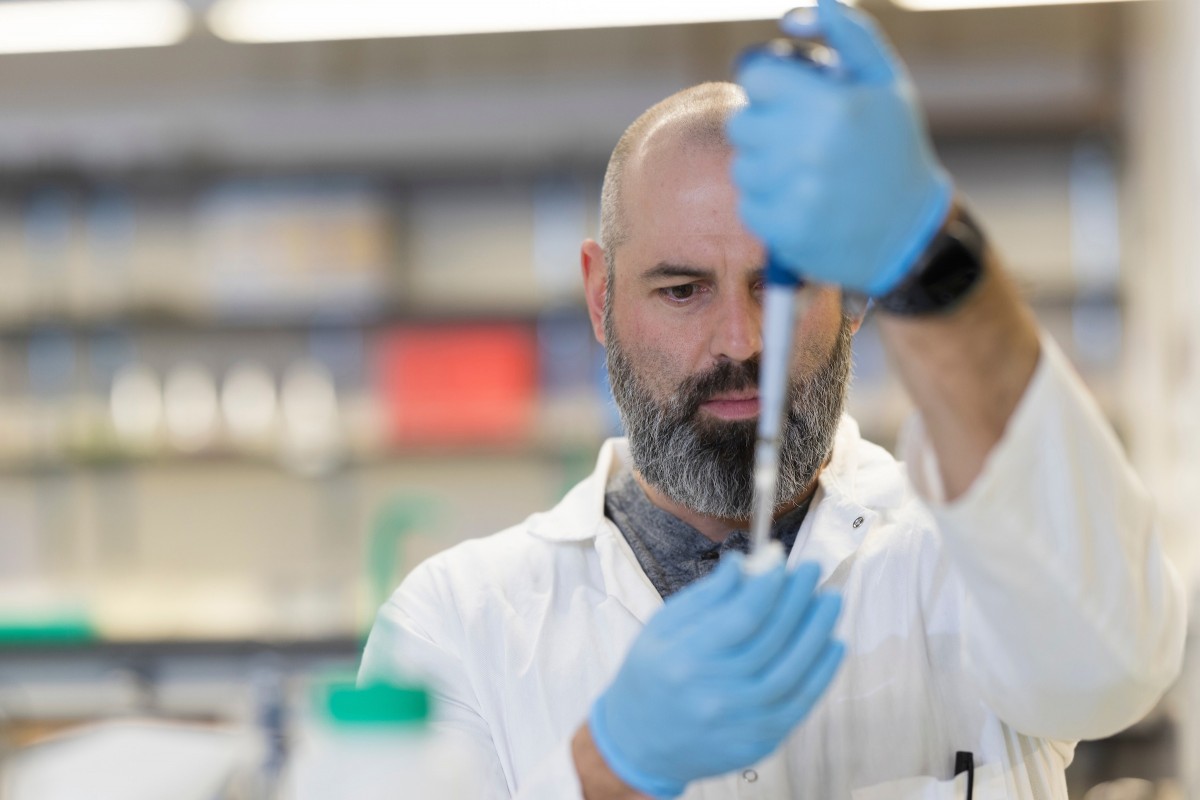
Scientists ID burned bodies using technique used for extracting DNA from wooly mammoths, Neanderthals
A technique originally devised to extract DNA from woolly mammoths and other ancient archaeological specimens can be used to potentially identify badly burned human remains, according to research from Binghamton University, State University of New York.
New resource helps grow farmers’ wellbeing after a bushfire
A new online bushfire resource – Recovering After a Farm Fire – is hoping to provide Aussie farmers with the support and information they need to help them process and recover after a bushfire.
4 Ways the CSU Promotes Fire Safety
October 9th kicked off the National Fire Protection Association’s 100th annual Fire Prevention Week. This year’s campaign, “Fire won’t wait. Plan your escape,” aims to raise awareness around how individuals can keep themselves safe in the event of a fire. In time for this long-running observance, we looked at ways the CSU is working to protect its students, faculty, staff and community in the midst of fires.
Study from “Black Tuesday” bushfires finds link to PTSD
New research published in the Australian Journal of Rural Health has shown people who are forced to relocate after a bushfire are at a higher risk of suffering from post-traumatic stress disorder, otherwise known as PTSD. Led by Associate Professor Venkatesan Thiruvenkatarajan from the University of Adelaide, and Dr Richard Watts from Flinders University, the researchers spoke with people affected by the 2005 “Black Tuesday” Eyre Peninsula bushfires, which took nine lives, destroyed 93 homes and blackened 80,000 hectares of land near Port Lincoln on 11 January, 2005.
Wildfires disproportionately affect the poor
With fires raging from California to Alaska, the 2022 wildfire season is off to a violent start. It’s an ominous sign of what promises to be another record-breaking fire season in the U.S. Roughly 2 million acres burned last month. And major fires are currently scorching Idaho, Utah and California, threatening tens of thousands of Americans’ homes and livelihoods. Many of those at risk are lower-income Americans who face canceled homeowners insurance policies and rising premiums, according to new research from the University of Georgia.
Arctic shrub expansion limited by seed dispersal and wildfire
Scientists investigating the growth of arctic vegetation have found that seed dispersal and fire will slow its land expansion in the long term, despite more favorable conditions from a warming planet.
Immersive VR: empowering kids to survive in fire, flood, and war
When you live in the driest State in the driest country in the world, bushfires are an unfortunate, and all-too-regular part of life. Learning how to survive such emergencies is important for all people, but especially for our youngest citizens
Possible future for Western wildfires: Decade-long burst, followed by gradual decline
A model of the eastern California forests of the Sierra Nevada looks at the longer-term future of wildfires under future climate change scenarios. Results show an initial roughly decade-long burst of wildfire activity, followed by recurring fires of decreasing area — a pattern that could apply to other drought-prone regions of the West.
Peatlands pose complex, poorly understood fire risk, researchers warn
Five years after the disastrous wildfire in Fort McMurray, Alberta, researchers are warning that the complex role of peatlands, a factor critical to projecting the risk and behaviour of future fires, is missing from the forecasting model.
Christmas Eve Coke Works Fire Followed by Asthma Exacerbations
Asthma exacerbations rose following a catastrophic Christmas Eve fire that destroyed pollution controls at the Clairton Coke Works – the largest such facility in the nation, a University of Pittsburgh Graduate School of Public Health analysis concludes.

Probing Wet Fire Smoke in Clouds: Can Water Intensify the Earth’s Warming?
A first-of-its-kind instrument that samples smoke from megafires and scans humidity will help researchers better understand the scale and long-term impact of fires—specifically how far and high the smoke will travel, when and where it will rain, and whether the wet smoke will warm the climate by absorbing sunlight.

In fire-prone West, plants need their pollinators — and vice versa
2020 is the worst fire year on record in the United States. In the face of heartbreaking losses, effort and expense, scientists are still grappling with some of the most basic questions about how fire influences interactions between plants and animals in the natural world. A new study grounded in the northern Rockies explores the role of fire in the finely tuned dance between plants and their pollinators.
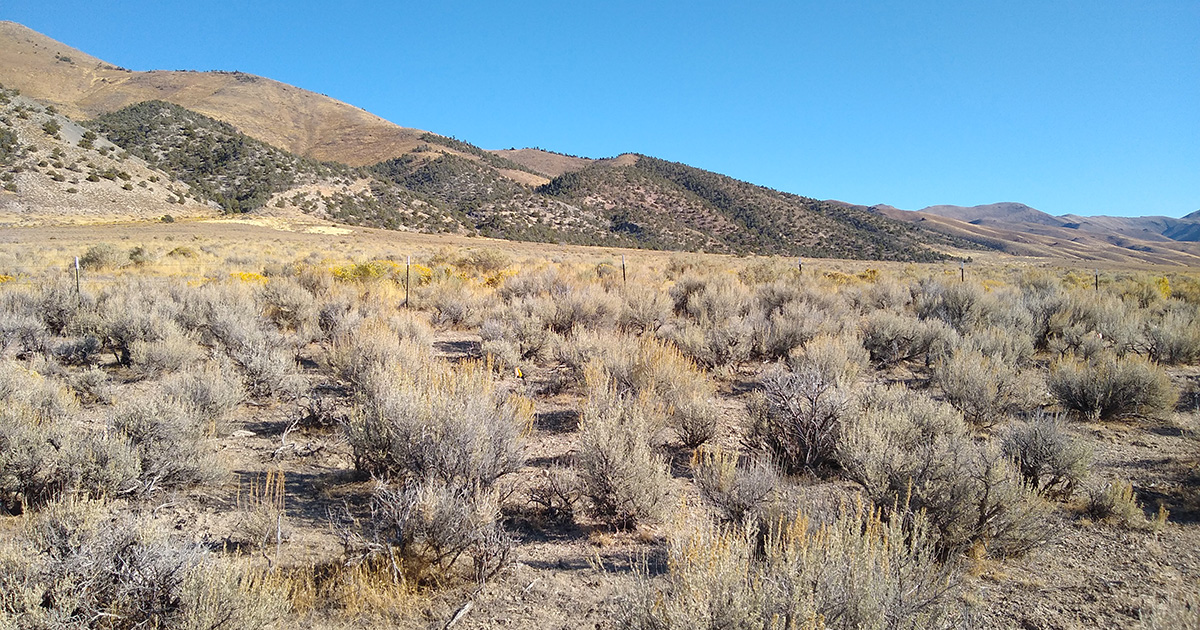
What is the impact of fire on desert soils of Nevada?
Prescribed burning allows team to study soil biochemistry in sagebrush ecosystems
Study: Decreasing Wildfires Observed Over Central Africa
A new observational study has revealed a decreasing burned area trend that could impact African ecosystems.
Tunnel fire safety
Global risk management experts are calling for fire education initiatives to be included in driver safety programs so that drivers are better prepared for an emergency if faced with it on the roads.
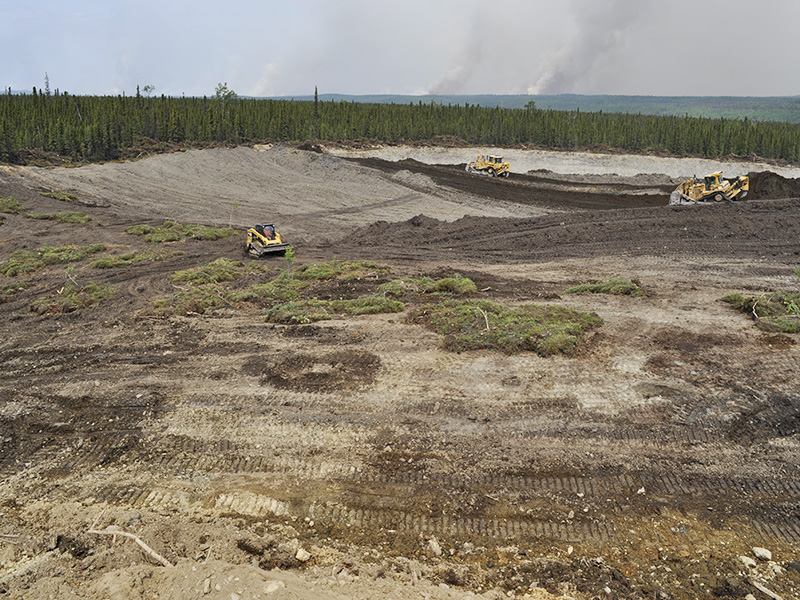
What happened to Alaska’s soils during the 2019 fires?
Protecting the permafrost after a record fire season
DHS S&T to Evaluate Select Wildfire Sensor Technologies
DHS S&T selected four new industry partners to participate in a new wildfire sensors workstream of the Smart Cities Internet of Things Innovation (SCITI) Labs.
Native Americans did not make large-scale changes to environment prior to European contact
Contrary to long-held beliefs, humans did not make major changes to the landscape prior to European colonization, according to new research conducted in New England featuring faculty at Binghamton University, State University of New York. These new insights into the past could help to inform how landscapes are managed in the future.
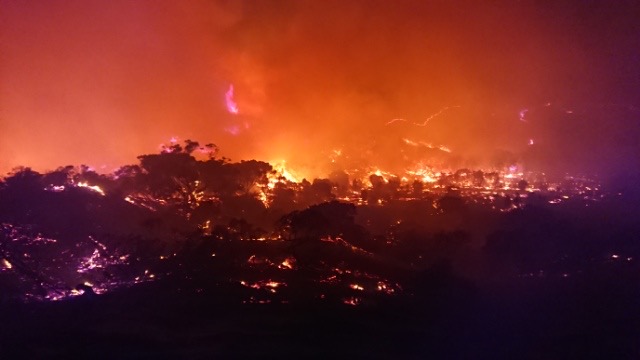
Keep or cancel holiday plans on fire-ravaged Kangaroo Island?
Kangaroo Island is one of South Australia’s most iconic tourism destinations, but as fires continue to rage across the once pristine environment, many holidaymakers are questioning whether to keep or cancel their travel plans.
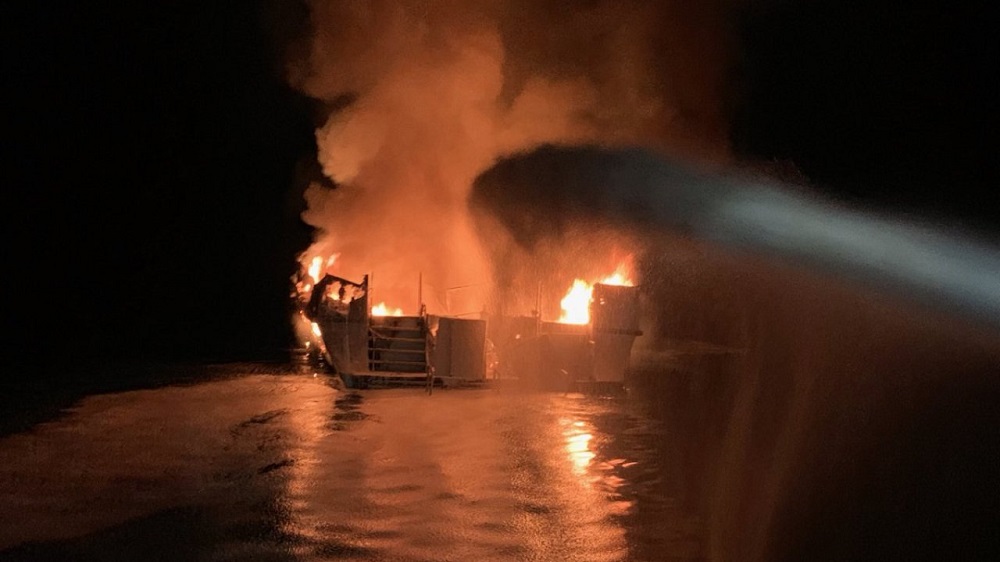
Rapid DNA Identifies Conception Boat Fire Victims
DHS sought a technology that can quickly analyze DNA to verify family relationships (kinship) and identify victims of mass casualty events and human trafficking.

When peatlands burn in mega-fires, stored methane is rapidly released into the atmosphere. #EmissionsGap #ClimateAction @UNEP @MTUcfres
According to a report released on Tuesday by the United Nations Environment, Global greenhouse gas emissions have grown by 1.5 percent every year over the last decade. To stay within relatively safe limits, emissions must decline sharply, by 7.6 percent every year, between 2020 and…
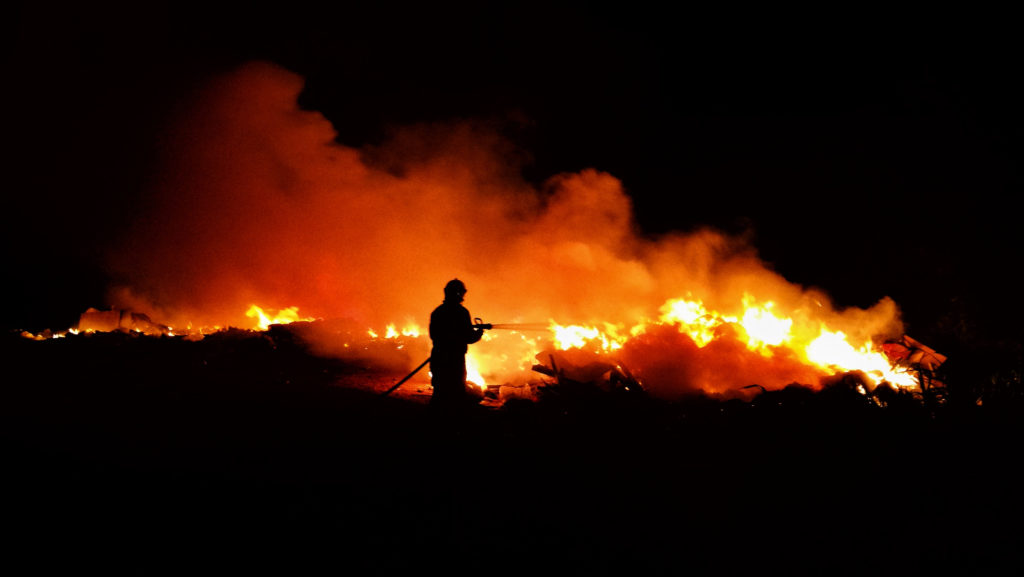
Communities must band together to protect against bushfires
As Australia confronts devastating bushfire conditions, people across the nation are doing all they can to ensure the safety of their homes, property and loved ones. But while many individuals are responding well to bushfire risks, a lack of preparation on the community level could be hampering their efforts, according to new research from the University of South Australia.
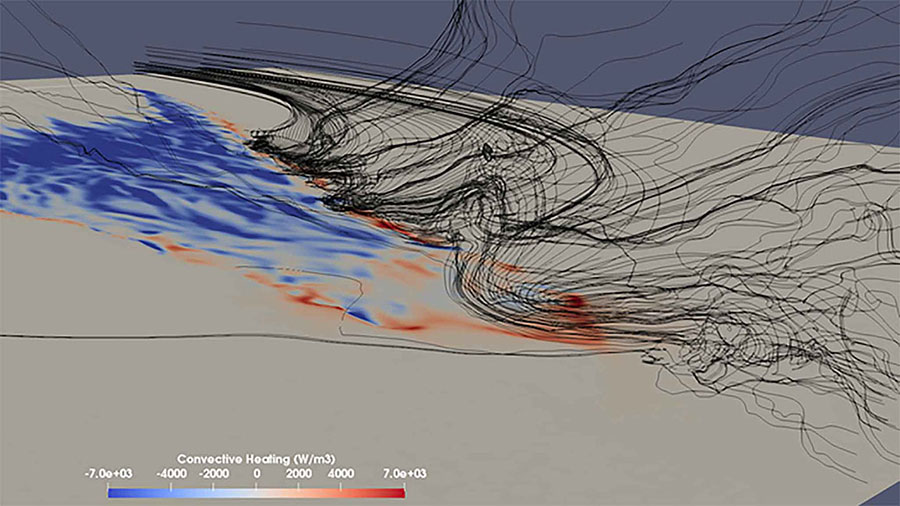
Fluid Dynamics Provides Insight into Wildfire Behavior
The Kincade Fire has been burning through Sonoma County, displacing people from their homes and leaving destruction in its wake. It is a stark reminder of the increasingly pressing need for a better understanding of how fires begin and spread. This is where Rodman Linn and his research come in. He develops and uses computational models of the coupled interaction between the wildfires and surrounding atmosphere at Los Alamos National Laboratory. In the November 2019 issue of Physics Today, Linn describes a few of the many ways that fluid dynamics controls the behavior of fires.
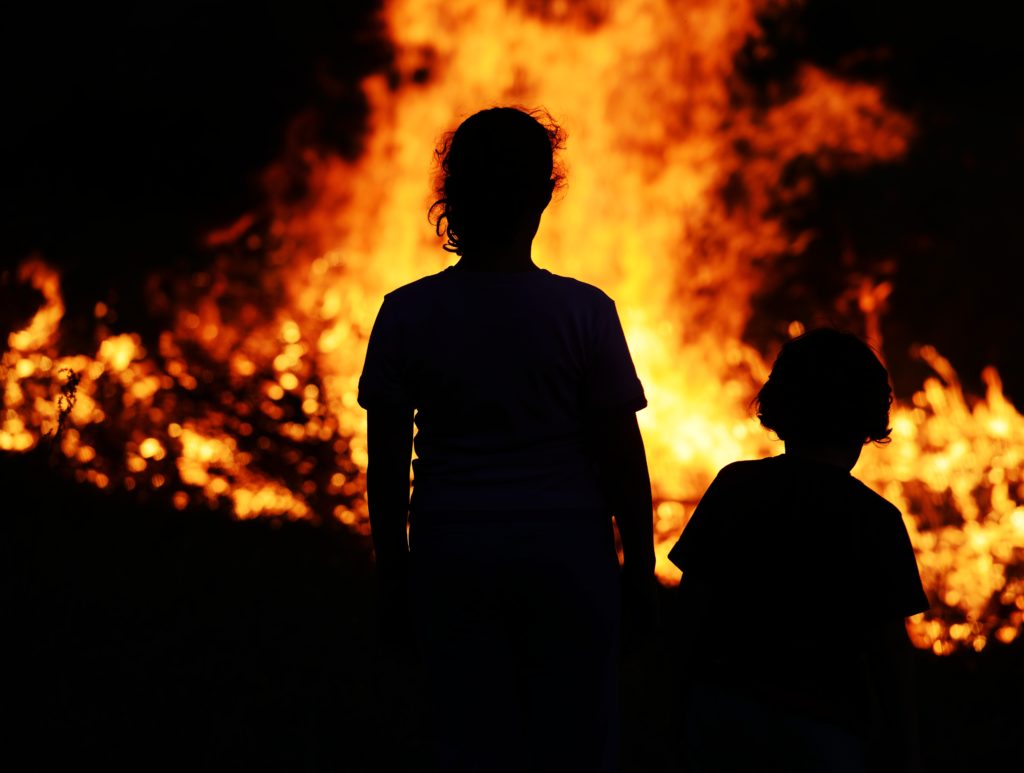
Trauma and kids:
As catastrophic bushfires continue to rage across New South Wales and Queensland, thousands of people are reeling from the devastation. It’s a shocking start to Australia’s fire season, but beyond the physical damage, the emotional scars persist, especially for Australia’s youngest citizens. Now, in new research from the University of South Australia, researchers have explored the growing uncertainty faced by children aged 0-8 years in disaster zones, finding that early childhood teachers hold a vital role in supporting children dealing with trauma.